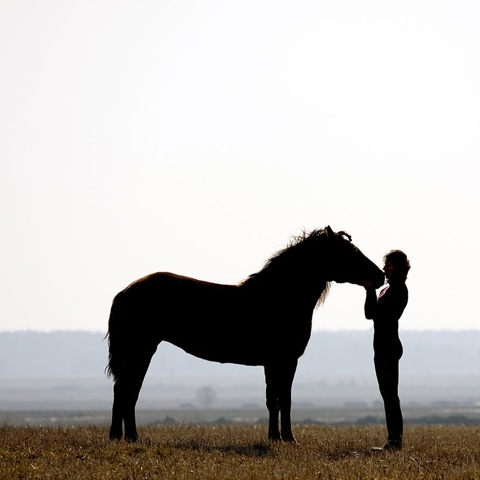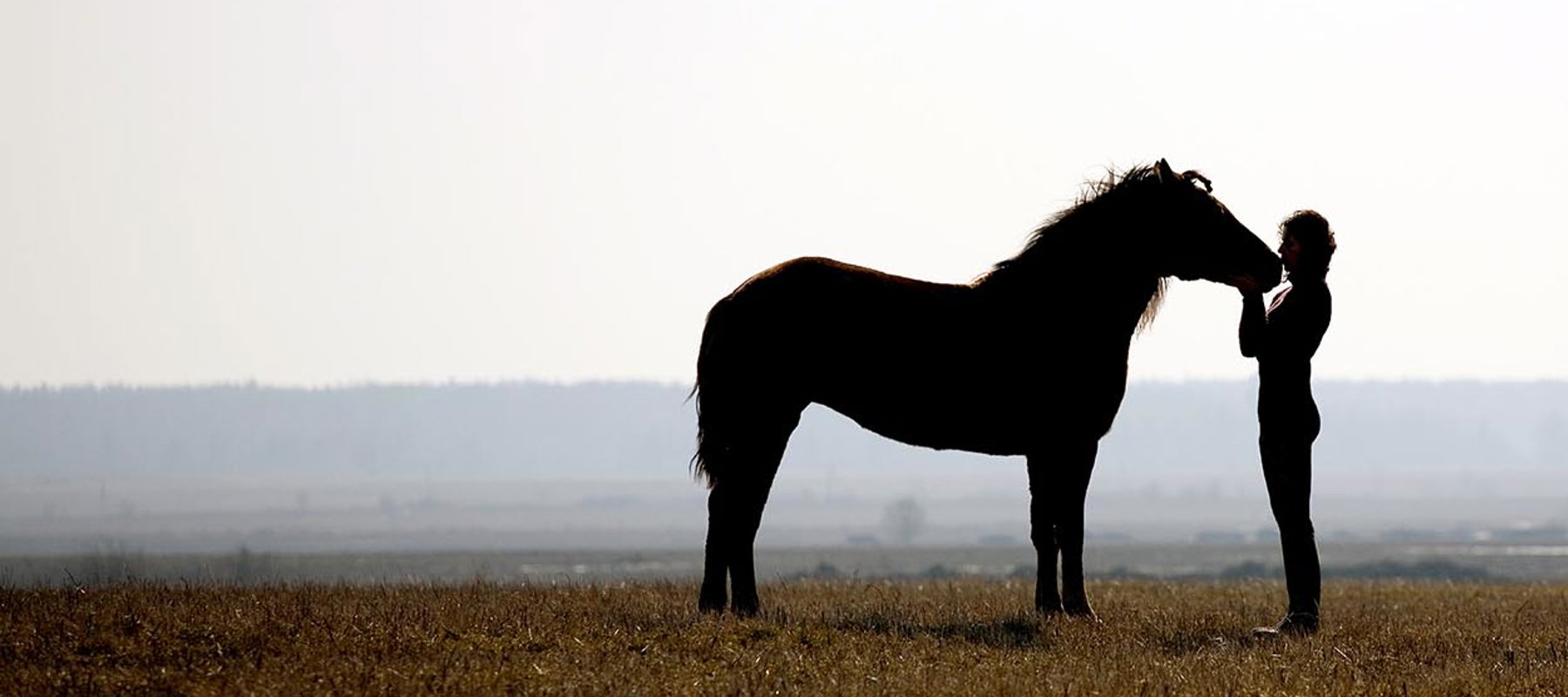How do you assess quality of life?
Tracking the behaviour of your much-loved horse will help you to understand their mental and physical wellbeing and their overall quality of life. This can sometimes be difficult to assess, especially when you see your horse every day. The BHS has a quality of life indicator with a checklist that will hopefully help.
The BHS’s quality of life indicator will help you track any changes over time and help inform your decision should you need to consider euthanasia.
Physical wellbeing
The physical wellbeing of your horse has many factors that will affect how you view their physical health. For example, are they recovering from an injury? Are they an older horse? Do they have a short-term or chronic condition?
The following list will help you identify if your horse is comfortable or needs veterinary assistance:
- Is your horse maintaining a healthy weight? Find out how to fat score your horse
- Can your horse still perform normal movement with ease, for example, rolling, getting down or standing up?
- Is your horse as active as normal? Have you noticed a change in their movement? Are they stiff or reluctant to walk? Do they lay down for long periods, or not at all?
- Can your horse stand comfortably on all four feet?
- Has your horse lost weight or muscle condition taking into consideration their age and workload?
- Is your horse happy to accept the bit?
- Does your horse feel different when ridden?
- Have your horse’s eating and drinking habits changed?
If any of these questions have raised concerns, you should speak to your vet who will be able to assess your horse to determine the problem, then put in place a plan of action to help improve their condition or advise alternative management especially if the condition is a degenerative disease such as arthritis.
Mental wellbeing
To determine if your horses are ‘happy’, you first need to understand what is important to them.
For a free ranging feral horse, a positive emotional state would come from the interaction with their herd. This can look different for the domesticated horse, but the need for social interaction remains the same. So how do you know if your horse is happy?
The table below highlights positive and negative pointers that can help you monitor any change in their emotional wellbeing. However, it is important to note that no two horses have the same influences in life, such as intensity of work or physical health.
| Positive | Negative |
| Greets you in the same way each day | Is withdrawn, dull or depressed, for example, stands in the corner of the stable head down |
| Spends most of their day grazing or eating roughage | Not interested in food |
| Interaction with other horses, for example, they can see other horses from their stable, share a field or can see other horses from their field | Stereotypical behaviour such as crib biting, box walking or weaving |
| Mutual grooming with other horses and regular grooming from owner | Stays away from other horses in the field or is grumpy when groomed |
| Express themselves in the usual way | Has become generally grumpy or aggressive |
| Happy and attentive when ridden, driven or exercised | Grumpy when being tacked up or objects to being ridden, driven or exercised (this could also be physical) |
| Have a relaxed expression on their face both in the stable and when moving or ridden, driven or exercised | Tension around their muzzle and eyes |
Managing the ageing horse
Horses are now living longer than ever but with that comes the increasing likelihood that they may also have health issues that can be difficult to spot. For instance, a condition that affects their movement such as arthritis or a condition such as Pituitary Pars Intermedia Dysfunction (PPID), also known as Cushing’s Disease , that means a new way of managing them is needed.
It is important to understand that often treatment options are available to improve the quality of life for older horses and ponies to help manage their conditions and prolong a good quality of life.
The non-ridden pointers above can be used to help monitor your horse’s condition and help your vet when they visit. Other things to take into consideration for the older horse are listed below:
- Are their teeth in good condition? Can they still eat roughage, or do they need a food that is softer to eat? It is worth contacting a nutritionist to help you assess their diet, as an older horse has different nutritional requirements. If your horse has a health condition speak to your vet about the impact on their grazing and turnout. It is vital to keep up to date with dental checks which ideally should be once a year or every six months for older horses or those with specific issues that require closer monitoring. More information on dental health
- Does your horse require a musculoskeletal therapist that can give you guidance and help maintain joint mobilisation?
- Older horses can be more susceptible to parasites, so maintaining your testing-led deworming programme is vital.
Documenting your horse’s physical and mental health will give you guidance to any change in their quality of life (positive or negative).
Quality of Life Indicator
The BHS’s quality of life indicator will help you track any changes over time and help inform your decision should you need to consider euthanasia.
Friends at the End
The BHS Friends at the End scheme can provide support for horse owners facing this difficult decision. Every member of the team has received training from bereavement counsellors, so they have a genuine understanding of the loss and grief that come when a horse dies. They aren’t there to take the place of a counsellor or vet, but they can offer an extra source of support both via the phone and on the day, they are also happy to help with making arrangements.
Get in touch – we’re here to help
The Horse Care and Welfare Team are here to help and can offer you further advice with any questions you may have. Contact us on 02476 840517* or email welfare@bhs.org.uk – You can also get in touch with us via our social media channels.
Opening times are 8:35am - 5pm from Monday – Thursday and 8:35am - 3pm on Friday.
*Calls may be recorded for monitoring purposes.
References
chevron-down
chevron-up
- Hall, C. et al. (2019) Assessing equine emotional state. Applied Animal Behaviour Science. 205. P. 183-193
- Botreau, R. et al. (2007) Definition of criteria for overall assessment of animal welfare.Animal Welfare. 16. P 225-228.
- Mellor, D. J. (2012) Animal emotions, behaviour and promotion of positive welfare states. New Zealand Veterinary Journal. 60(1). P.1-8
- The British Horse Society 2017 quality of life indicator.
- British Dressage No date Dressage Principles.
- Dyson, S. et al.(2018) Development of an ethogram for a pain scoring system in ridden horses and its application to determine the presence of musculoskeletal pain. Journal of Veterinary Behavior. 23. P.47-57
- The British Horse Society. No pain, check again.
- Ireland, J. et al. (2012). Comparison of owner reported health problems with veterinary assessment of geriatric horses in the United Kingdom. Equine Veterinary Journal. 44(1). P. 94-100.


